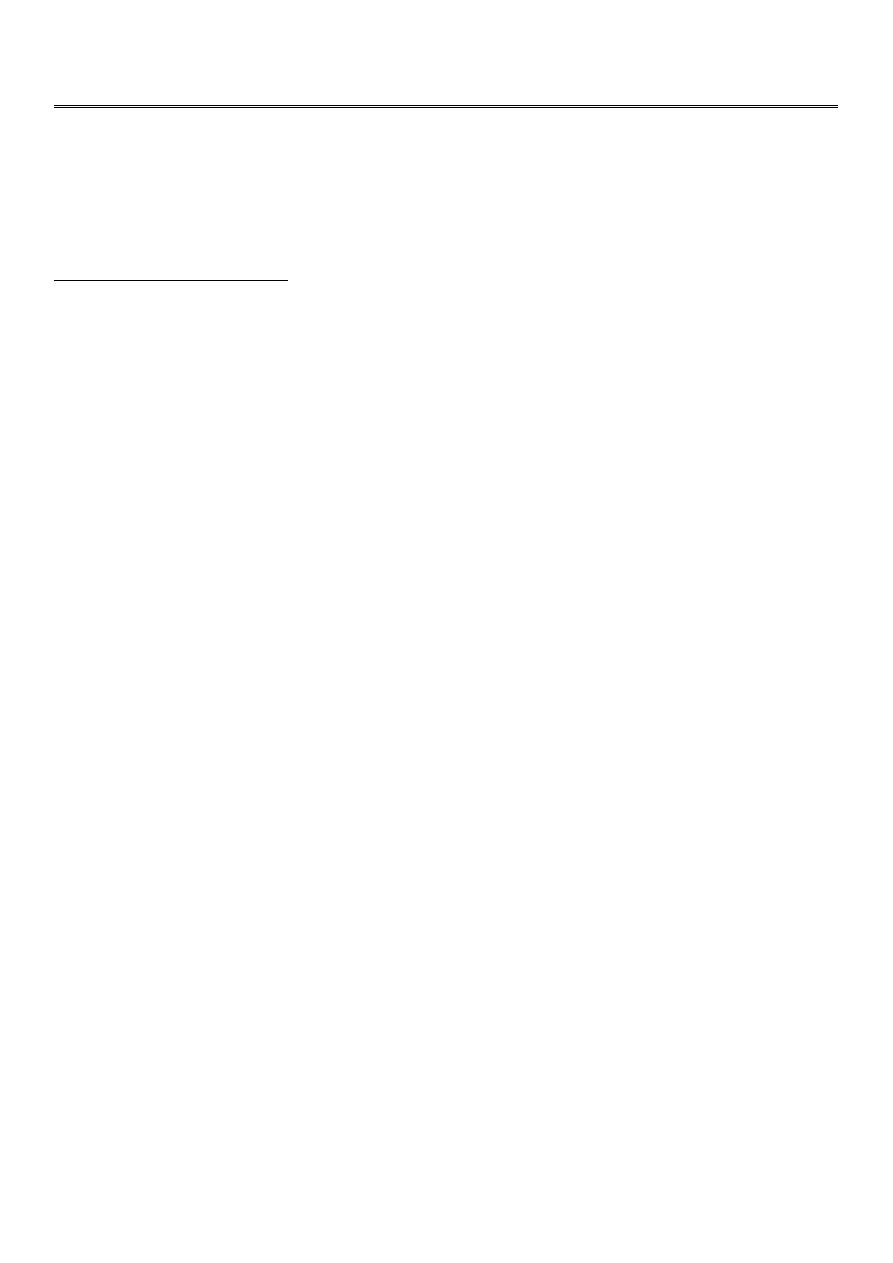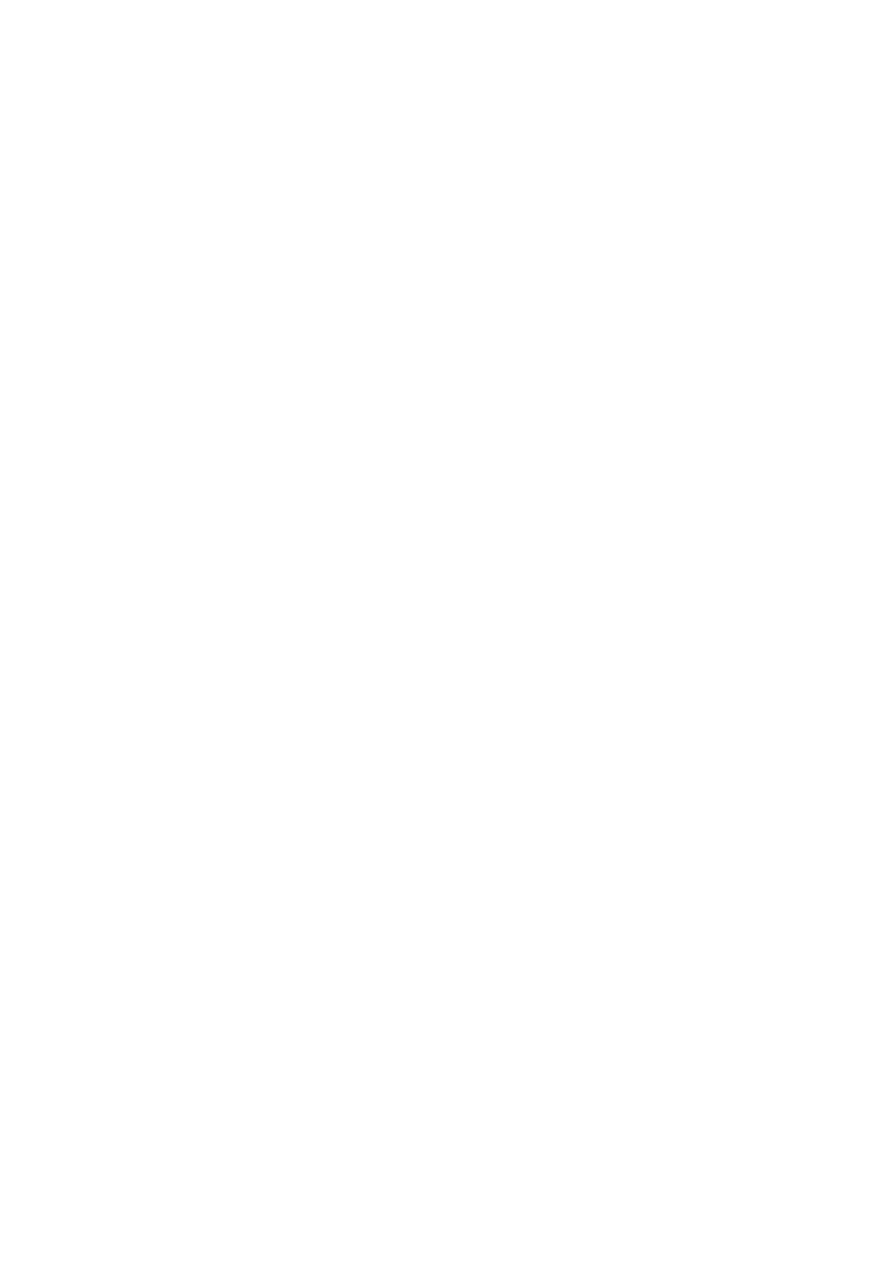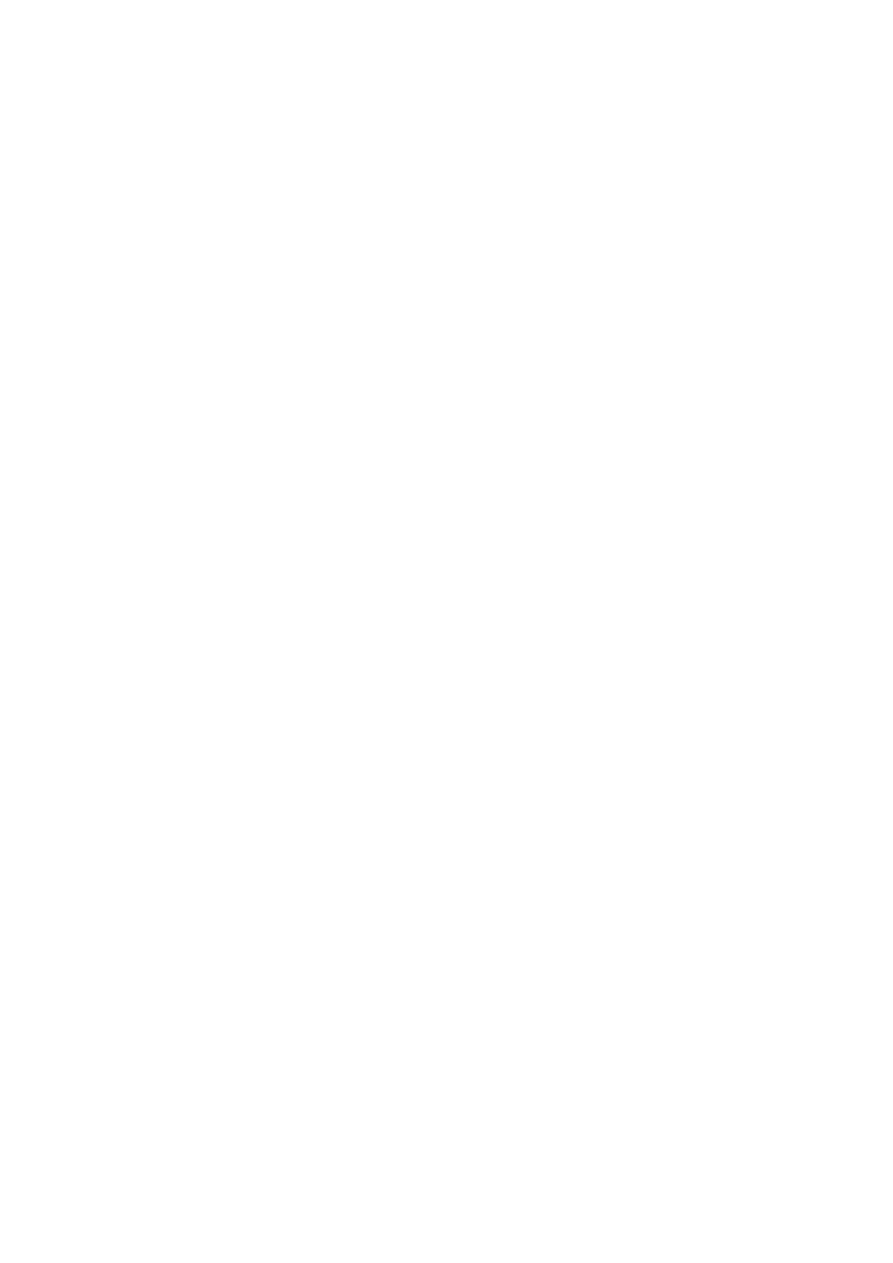
1
Fifth stage
Pediatric
Lec. 2
.د
بسام
6
2 /4/2017
Habit Disorders
Enuresis (Bed Wetting):
It is an involuntary emptying of the bladder of more than twice a week in more than 5 to 6
years old child.
It is either:
- Diurnal if it occur during the day time when the child awake
- Nocturnal if occur during sleep which is more common than the diurnal.
Girls achieve bladder control earlier than boys.
Also enuresis is either:
Primary Enuresis:
*The child had never achieved an appropriate period (about 6 months) of bladder
control.
*There is a strong family history.
*Boys more common than girls (2 to 1 ratio).
*Have no underlying organic cause and it is thought to be due to delayed maturation
of bladder control mechanisms.
Secondary enuresis: where enuresis recur again after a period (6 months) of good bladder
control.
In secondary a careful history and investigations are needed because of probable organic
cause.

2
Possible organic causes of secondary enuresis
*Renal tract: urinary tract infection
*Neurological: spina bifida
*Endocrine: diabetes mellitus, diabetes insipidus
*Behavioural problems
*Child Abuse
Treatment:
*Restrict drinks during the last 1 hour before sleep.
*Avoid punishment to the child.
*Using the star charts to encourage and motivate the child.
*Medications as Oxybutinin, Imipramin, Desmopressin.
*Bladder exercises in case of small bladder.
If the problem is resistant to the above treatments, other pathologies need to be
considered as:-
-Urinary outflow obstruction in boys.
-Chronic constipation.
-Neurodevelopmental problems.
-Psychological problems.

3
Breath Holding Attacks:
It occurs in infants and toddlers. They are usually precipitated by pain or frustration.
It starts by loud crying, then suddenly there is stopping of breathing in expiration,
becoming cyanosed, if inspiration does not quickly follow, the infant loose
consciousness, becomes rigid, with back arched and extended limbs. He may have
few convulsive twitches.
Respiration always starts again with rapid recovery and there is no danger to
life.
These attacks cease spontaneously as the child matures usually before 5 years
of age.
EEG shows no abnormality.
The parents need to be reassured about its harmless nature and natural course.
No specific treatment is necessary apart from correction of anaemia if present.
Pica:
Pica is a persistent eating of nonnutritive, nonfood substances (e.g., paper, soap,
plaster, charcoal, clay, wool, ashes, paint, stones or soil) over a period of at least 1 mo.
It appears to be more common in those with intellectual disability and autism
spectrum disorders, and to a lesser degree in obsessive-compulsive and
schizophrenic disorders, also can occur in emotionally deprived children, in those suffers
emotional trauma and when there is parental neglect.
Also, it can occur when there is some minerals deficiency (e.g., iron, zinc, and calcium).
Complications:
Pica can result in lead poisoning due to ingestion of lead containing paints, also can
cause gastric injury or gastrointestinal obstruction, or may result in parasitic infestation due
to ingestion of soil contaminated with animal feces.
